Attention-Grabbing Foyer Design: Unleash the Power of 7 Jaw-Dropping Ideas!
“First Impressions, Lasting Impact”
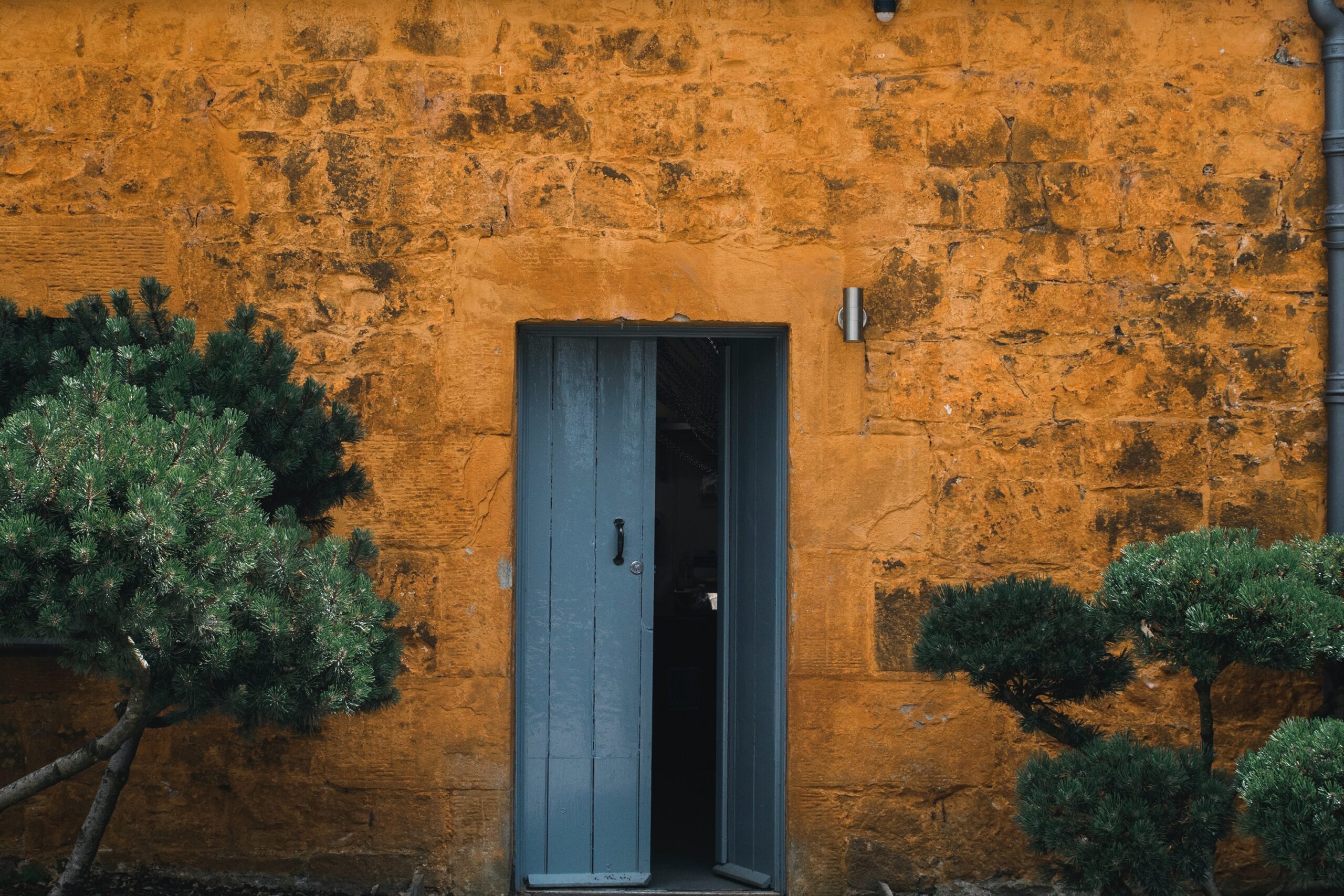
What Function Does a Foyer Serve?
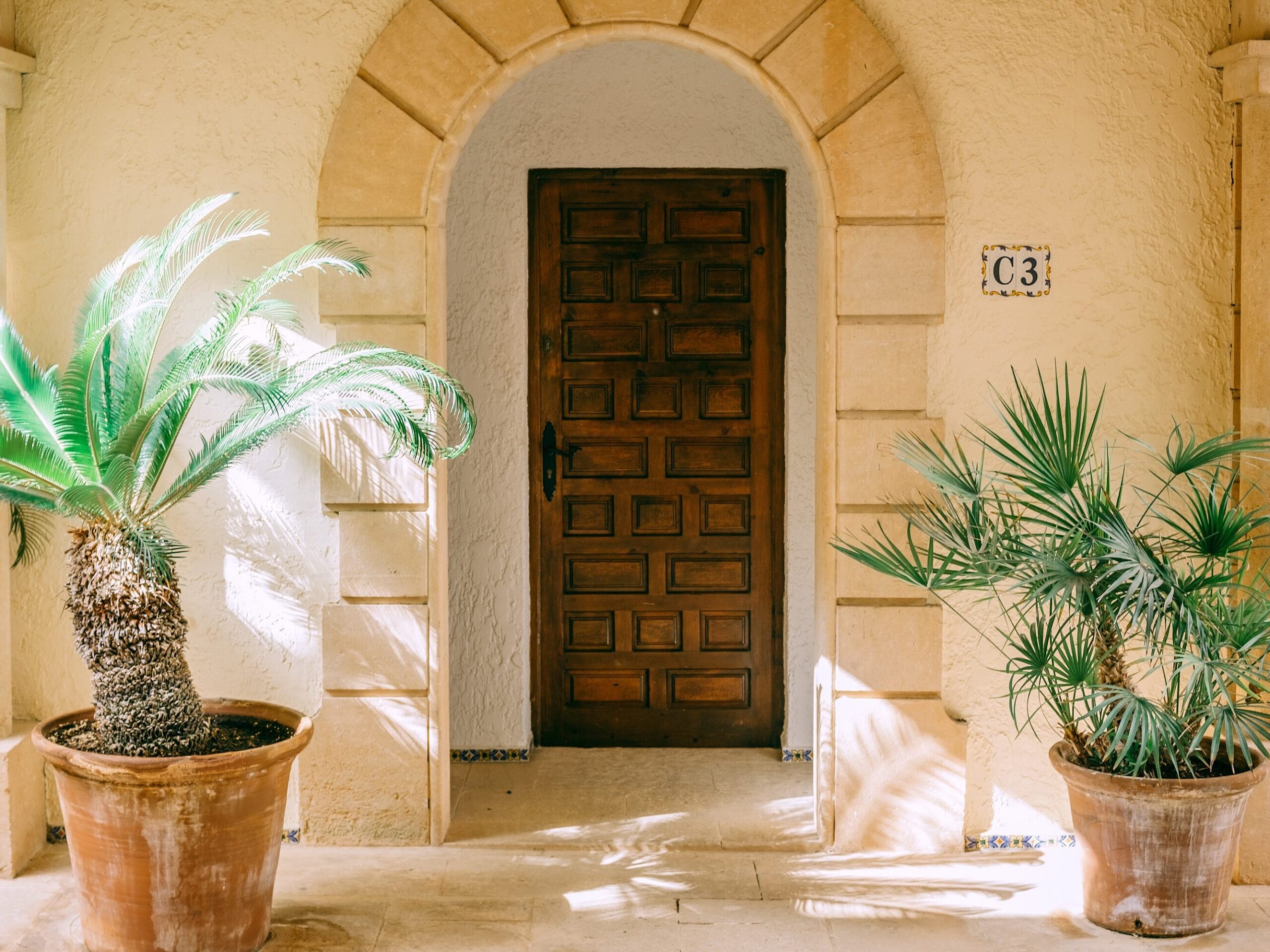
A home’s foyer acts as an important transitional zone and is found near the main entrance. It serves as the first point of entry, bridging the space between the inside of the home and the outside world. Before approaching the main living areas, this space provides a brief respite and a feeling of privacy from the street. The entryway also serves as a useful area for keeping track of jackets, keys, packages, and other daily necessities. Giving visitors a sense of the home’s style and aesthetics is essential for establishing a warm and welcoming first impression. Being unable to gather one’s thoughts upon entering a home without a designated entryway can be confusing. It’s crucial to keep in mind, however, that not every property needs a huge or elaborate entrance. If you want to visualize without wasting time, use these free AI tools.
How to Choose the Right Size for Your Home’s Entryway
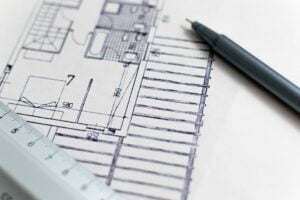
The ideal scale and atmosphere must be taken into account while designing a warm entryway. The size of the foyer is influenced by the total square footage of the house, but it is crucial to prioritize lifestyle and individual requirements. A larger, more formal entryway may offer glimpses into the living areas, easily directing visitors. Smaller, more informal entryways, however, can nevertheless have a big effect thanks to intelligent design decisions and practical storage options.
Tips for Creating a Warm and Practical Foyer for Your Home
Planning carefully while keeping both practicality and aesthetics in mind is necessary to create an efficient foyer. To guarantee smooth integration, it is essential to examine your needs and preferences as early as possible throughout the architectural design process. The entrance should complement your daily routine while making an unforgettable first impression on guests. When creating a welcoming and useful foyer design, take into account the following architectural components:
1. Begin with a Bold Front entrance:
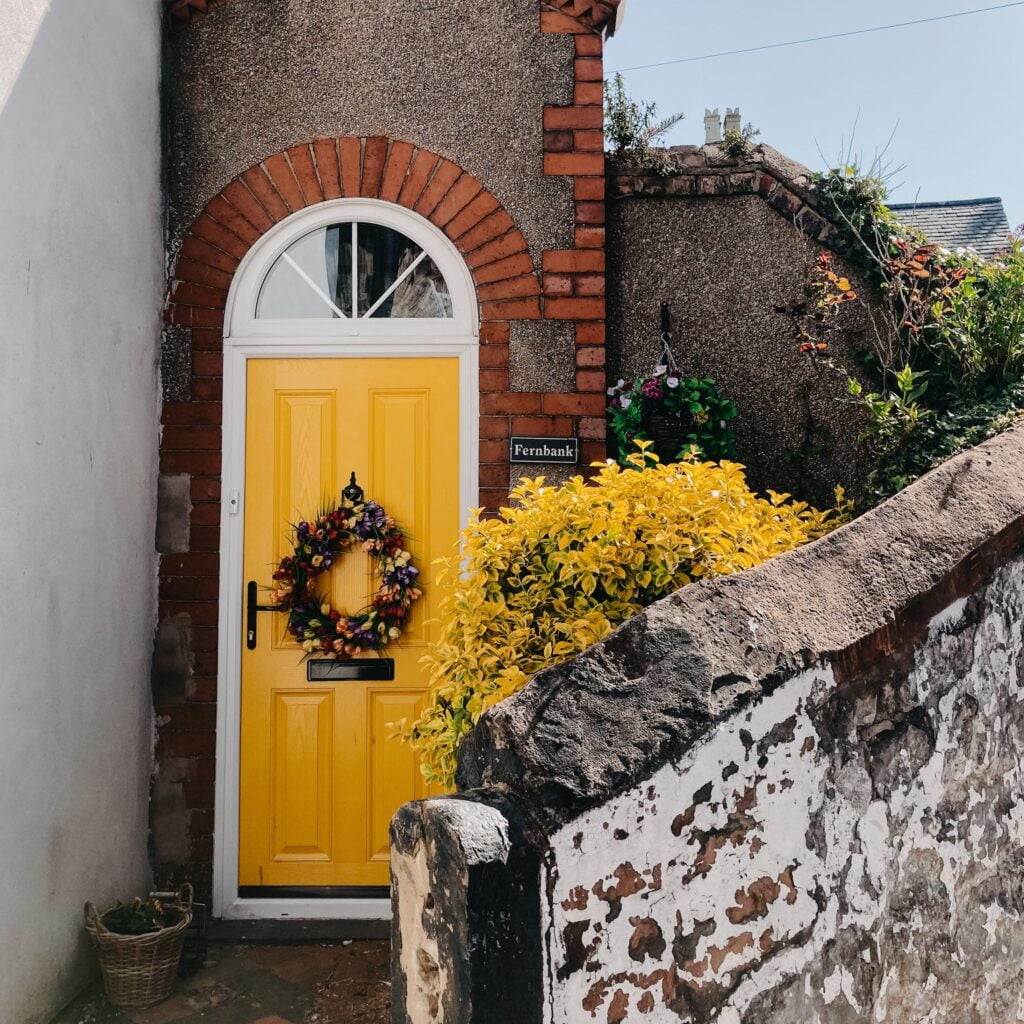
The front entrance is crucial to making an excellent first impression. Choose a door that expresses your style and acts as a focal point. Double doors, doors with vibrant paint, pivot doors, or doors made of glass can draw attention and tempt people to enter.
2. Provide a Sneak Peek of the Interior of the House:

The foyer needs to provide a sneak peek of the interior architecture, setting, and mood of the remainder of the house. For Craftsman-style homes, think about including handcrafted woodwork, while Mission-style homes can benefit from attractive arches, terracotta tile floors, and exquisite ironwork. Introduce the distinctive personality of your home to visitors.
3. Design an Eye-Catching Staircase:
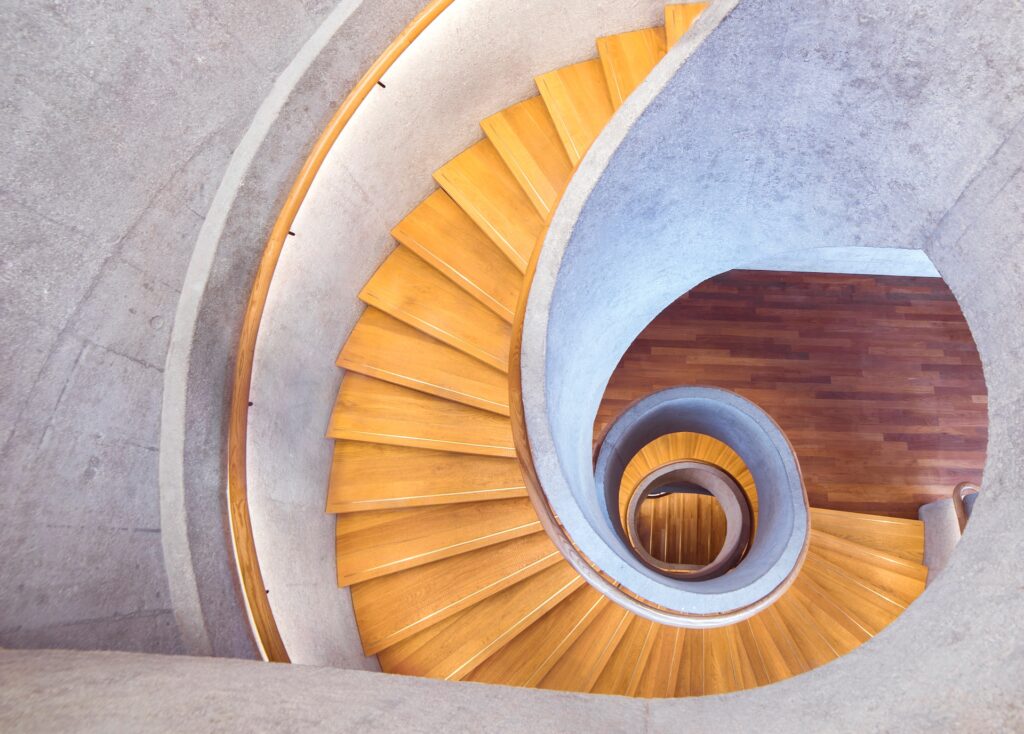
For houses with numerous levels, the foyer is a great place to display an eye-catching staircase. The staircase is placed beautifully and practically in the connected landing space. To provide a focal point to your building, consider using a spiral, floating, or curving staircase.
4. Select Flooring that Balances Durability and Visual Appeal:
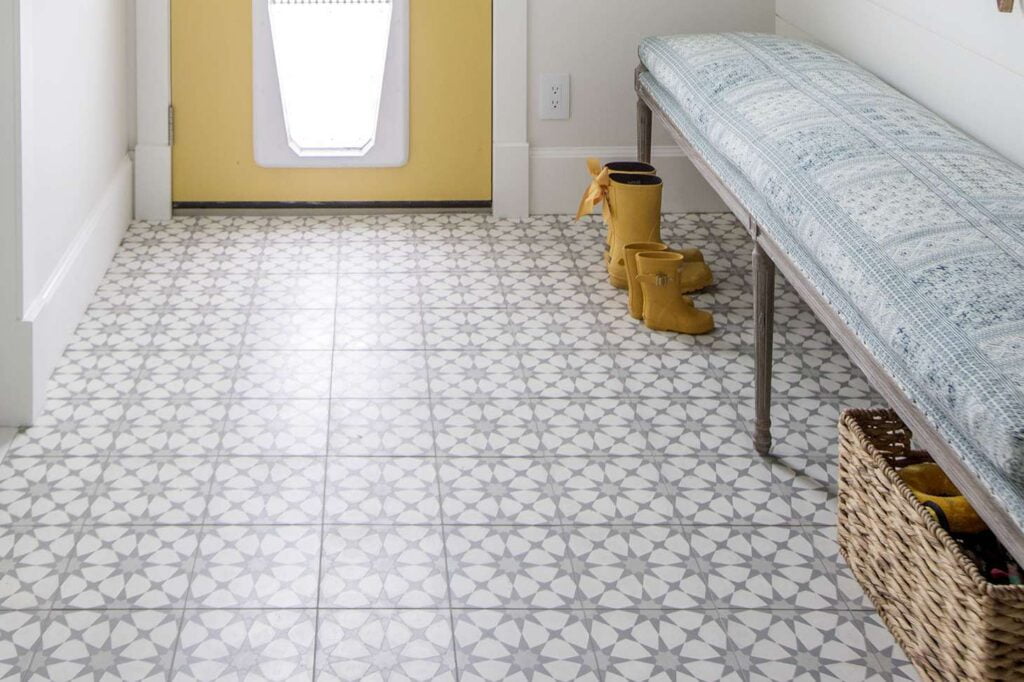
Given the high foot traffic in the foyer, choosing flooring that balances durability and visual appeal is crucial. Think about alternatives like tinted concrete, wood, porcelain, marble, or cement tile. These components improve the overall design while being able to resist heavy use.
5. Make a Statement with Wallcoverings:
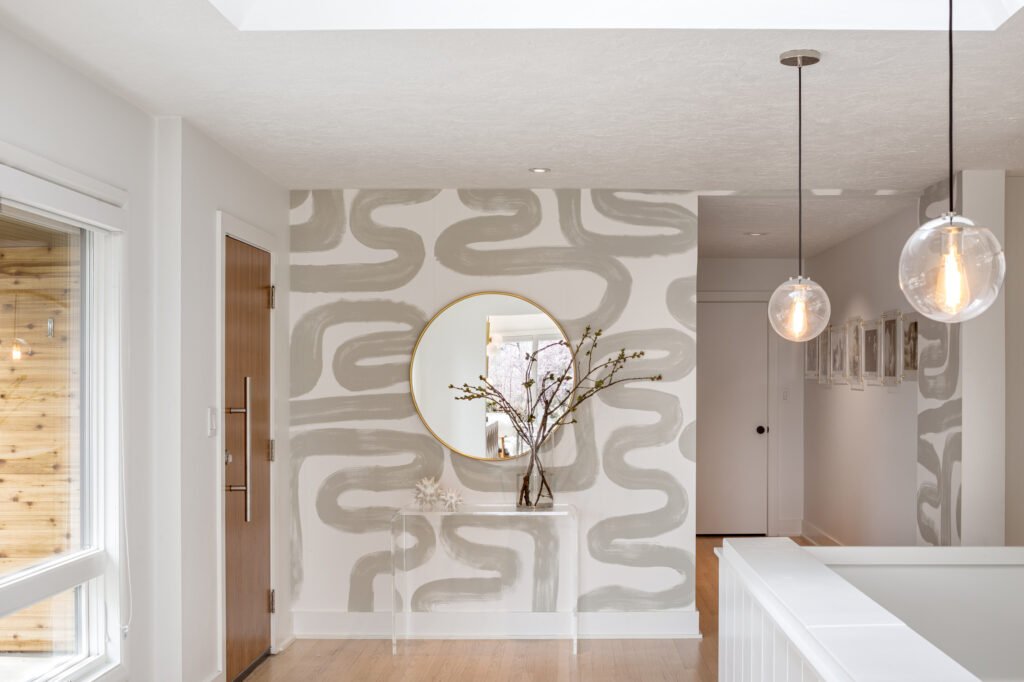
Image credits to Houzz
Upgrade the wall coverings in the entrance to create a lovely room. Plaster, wallpaper, or custom panelling can provide richness, elegance, and texture. As an alternative, using a warm and inviting paint hue might produce an inviting ambience.
6. Illuminate the Area:
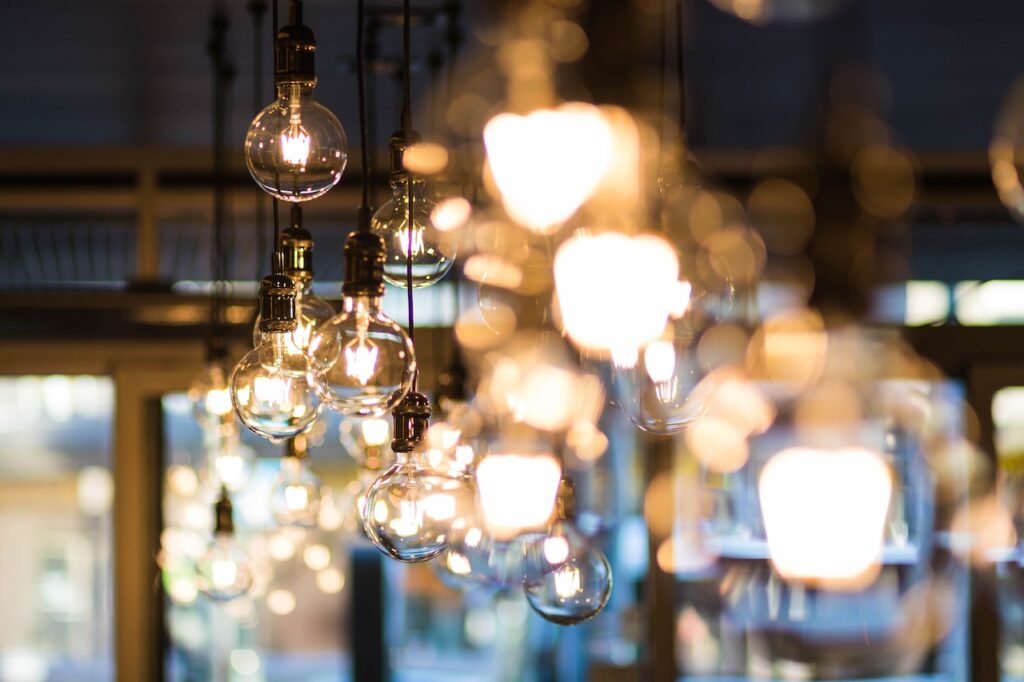
A well-lit foyer gives off an air of openness and hospitality. With your architect, go through lighting options and take into account elements like windows, skylights, clear or frosted glass front doors, wall sconces, stair lighting, and spectacular chandeliers. A warm and well-lit foyer will be created with a well-balanced mix of natural and artificial lighting.
7. Increase Efficiency by Including Built-In Storage:
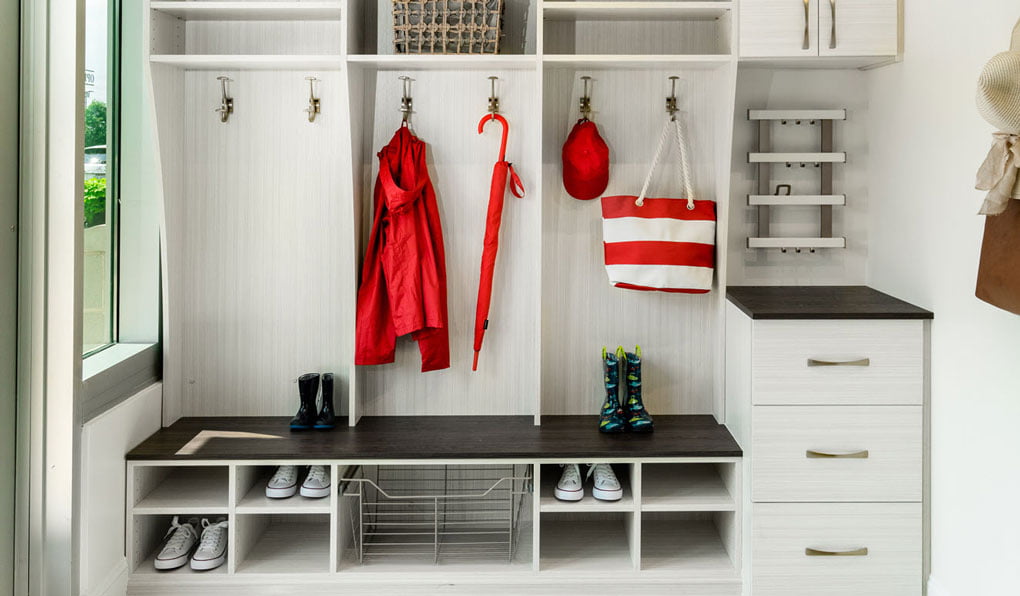
Increase the utility of the foyer by adding built-in storage options. Jackets, scarves, and umbrellas can be orderly arranged using a coat closet or a wall peg system. To covertly store shoes and bags, use the space under the stairs. Adding built-in seating choices, such as a window seat or hallway bench, can provide additional storage and a convenient place to take off shoes. Your collections of books, mementoes from your travels, or sculptures can be displayed in style using elegant shelves. There are countless possibilities for custom-built storage, which allows for smooth organizing and makes a big first impression.
You may create a foyer that skillfully combines practicality and aesthetics by paying close attention to these architectural components. It won’t just create a welcoming entranceway; it will also set the tone for the rest of your house, making an impression on everyone who enters.

Leave a Reply